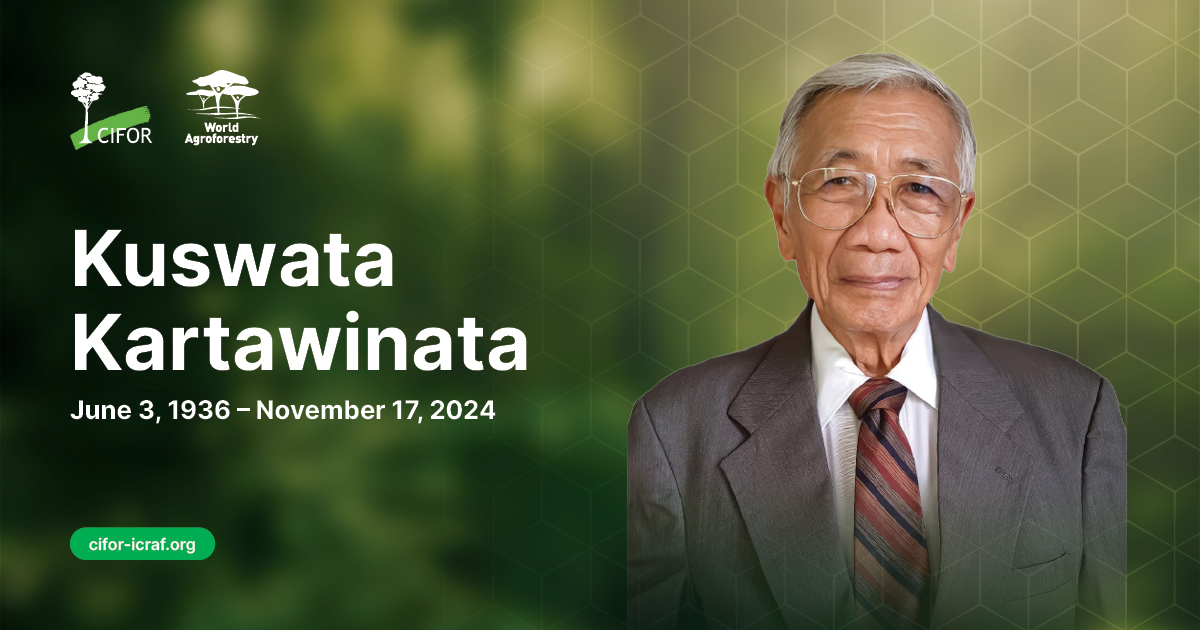Key messages
- Food system emissions are critical: The global food system contributes 29% of all anthropogenic GHG emissions, with AFOLU accounting for 18% of global emissions. Non-AFOLU emissions (energy, waste, industry) – which are often overlooked – add 11% and are becoming the dominant source of food system emissions in developed countries.
- Avoiding aggregation bias: Grouping some emission sources into broad categories while breaking down others can obscure the importance of the smaller but often significant sources. Targeting these smaller sources, or ‘low-hanging fruit’, can effectively accelerate emissions reductions.
- Closing data gaps: A lack of detailed data on land use and food system emissions hinders the identification of high-impact mitigation strategies. More granular, reliable data collection at national and subnational levels is essential for effective policymaking.
- NDC segmentation: NDCs are organized around the four economic sectors (AFOLU, energy, IPPU and waste) in the IPCC Guidelines for National Greenhouse Gas Inventories. This hinders the development of integrated policies to reduce GHG emissions in the food system, which spans across these four sectors.
- Collaboration, engagement and research are key: Strengthening national research and fostering collaboration across civil society, governments, academia and the private sector are vital to creating context-specific, sustainable policies that address climate-change mitigation and adaptation without threatening food security, particularly for vulnerable populations.
DOI:
https://doi.org/10.17528/cifor-icraf/009317Skor altmetrik:
Jumlah Kutipan Dimensi:
Tahun publikasi
2024
Penulis
Martius, C.; Pingault, N.; Mwambo, F.M.; Guérin, L.
Bahasa
English
Kata kunci
food systems, climate change, greenhouse gases, emissions, mitigation

















